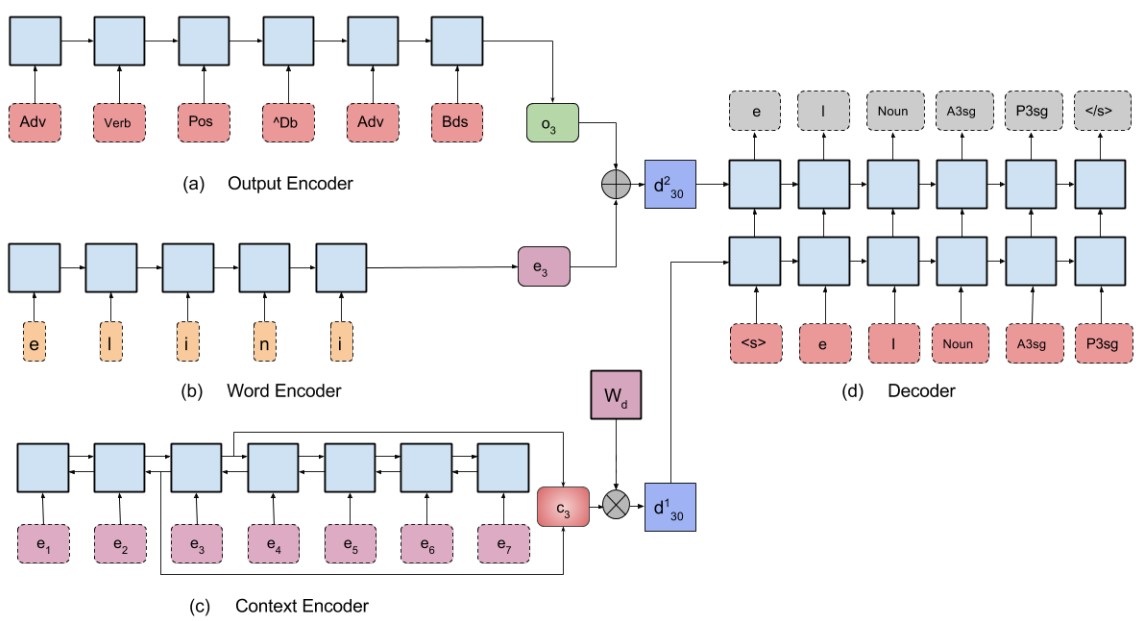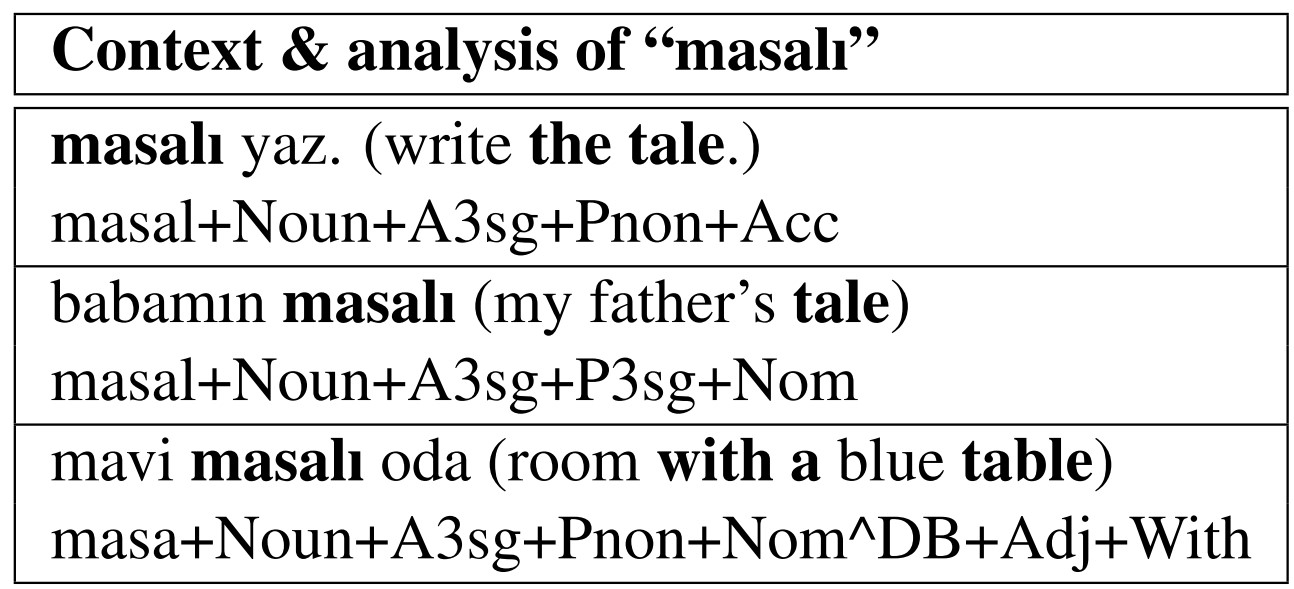Jazz Solo By A Self-Designed AI System
Mustafa Ömer Gül
Experience: In the first half of 3-week period in KU SRP Program, I have learned to use Knet library, and the fundamentals of Deep Learning &Machine Learning. In the second half, I have prepared 2 little projects with the inspiration coming from the blog post (which is called “The Unreasonable Effectiveness of Recurrent Neural Networks”) of Andrej Karphaty. I have trained an LSTM model in my first project to imitate the book called “Finnegans Wake”, and to imitate the jazz solos in Weimar Jazz Database.

Modular layers for Knet.jl
Ekin Akyürek
KnetLayers provides useful deep learning layers for Knet, fostering your model development. You are able to use Knet and AutoGrad functionalities without adding them to current workspace. Source Code
Also worked in the following projects:
Model tests in MAST Melody Dataset. Source Code
Dataset Collection for Morphological Disambiguation. Source Code
Locally Rigid Registration for Structural Health Monitoring
Nursena Köprücü, Caner Korkmaz
We are Computer Engineering and Mathematics undergraduates at Koç University. Our work was on Locally Rigid Registration for Structural Deformation Monitoring, a differential framework for estimating sub-millimetric deformations on point clouds of large structures for structural health monitoring. Detecting undesired deformations requires measurement devices in current practice, which is not preferred when it is costly, risky, or not possible to place these devices on target structures. For this purpose, we can compare 3d point clouds scanned before and after the deformation occurs. This problem offers novel challenges to real-world data: large-scale point cloud processing and accurate non-rigid deformation calculation. We proposed a deep registration framework for local patches. We started by learning geometric features, and confidence estimates for these correspondences using the registration results. To calculate deformations, patches with matching centers from points clouds of different dates are independently registered locally, and we analyzed how much the center moves. Finally, the deformation values are interpolated for points in between centers. Overall, we proposed a method to learn confidences together with registration for deformation calculation based on learned geometric features. In the future, we plan to improve our results by calculating global non-rigid deformations directly. We are looking into non-rigid registration and scene flow methods on point clouds. PDF

Model for Morphological Tagger
Ekin Akyürek
Morse is the morphological analysis model described in:
Akyürek, Ekin, Erenay Dayanık, and Deniz Yuret. “Morphological Analysis Using a Sequence Decoder.” Transactions of the Association for Computational Linguistics 7 (2019): 567-579. (TACL, arXiv). PDF Source Code
Also worked in the following project:
Reimplementation of a state of the art model for Visual Question Answering in Knet. Source Code
